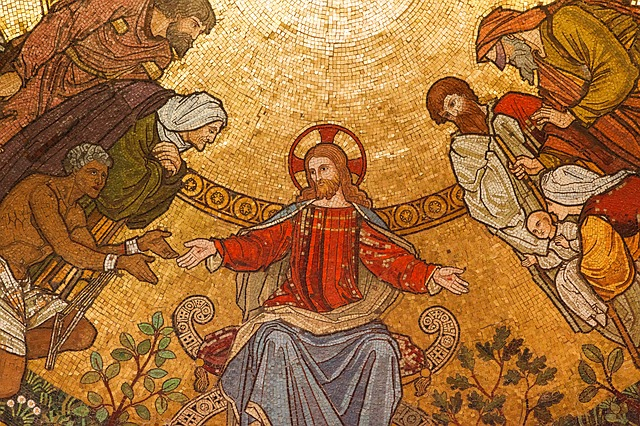A group of archaeologists has discovered an ancient church from the 4th century in a buried town in northern Ethiopia. As per the researchers the church contains both Christian and possibly Pagan artifacts.
This discovery has shed some light on the history of ancient The Kingdom of Aksum, which is relatively known for the North African civilization which was among the first to convert to Christianity in the fourth century.

Discovery of the Christian church
While excavating the buried town of Beta Samati, the archaeologists found the church which was built in the lofty Roman-style called a basilica. As per the archaeologists, the ancient town, whose name means "house of the audience" in Ethiopia's Tigrinya language, used to be the part of the kingdom centered on the ancient city of Aksum, which was a regional power from about 80 BC until AD 825.
Archaeologist Michael Harrower of Johns Hopkins University in Baltimore said that their aim is to make people aware of the ancient city as the name and its history is unknown to many. As reported by Live Science, Harrower mentioned that "People broadly recognize ancient Egypt, ancient Greece, and Rome... but what they don't know is that Aksumite civilization was one of the ancient world's most powerful civilizations and really one of the earliest."
Finding of archaeological site Aksumite kingdom and ancient empire
In 1906, a German expedition team investigated archaeological sites at the Aksumite kingdom. But in this new study, the archaeologists excavated a high mound called a "tell," which was formed by the buried ancient buildings. Harrower and his colleagues also found that the residents of Beta Samati used to live in that area from around 750 BC until around AD 650 when the kingdom began a mysterious extinction.
It means that the establishments existed during the pagan times and through the Christian era. As per Harrower, it started to decline at the beginning of the nearby Islamic kingdoms. However, archaeologists suggested that the ancient church was probably built when the kingdom of Aksum converted to Christianity.
In addition, Harrower said that the newly found basilica is important as among the early discovered other basilicas most of them were found a long time ago and "some of them just without a lot of artifacts or information to be had." But this church at Beta Samati included a trove of ancient artifacts, as well as early Christian religious artifacts, bronze coins, clay figurines and large pottery amphoras that were used to store imported wine or olive oil in ancient times.
Among those artifacts, a coin was found that belong to the early reign of Aksum's fourth-century King Ezana. The researchers noticed that the coin is decorated with a crescent moon symbol of the southern Arabian god Almaqah. But Harrower said, coins introduced after Ezana was converted the kingdom into Christianity in about 325 AD. Other findings also revealed basilica's Christian purpose and details about pagan influence.
It should be noted that archaeologists found a black stone pendant with a Christian cross. Harrower mentioned that it looks like a neckpiece which indicates that this ornament most probably belongs to the priests who would have worn this.









